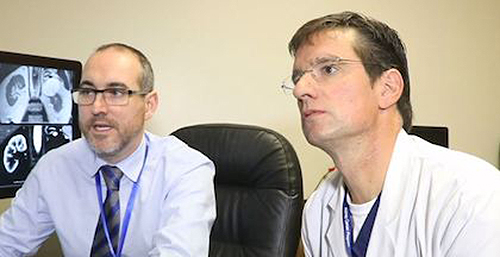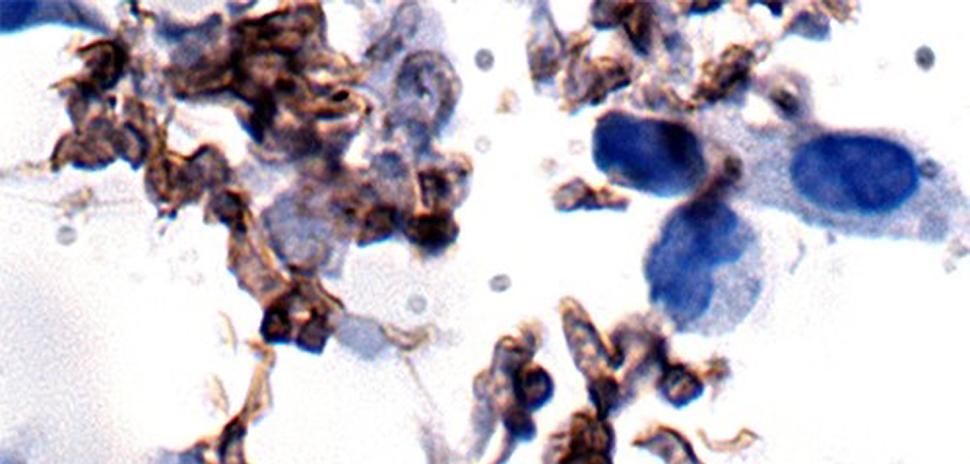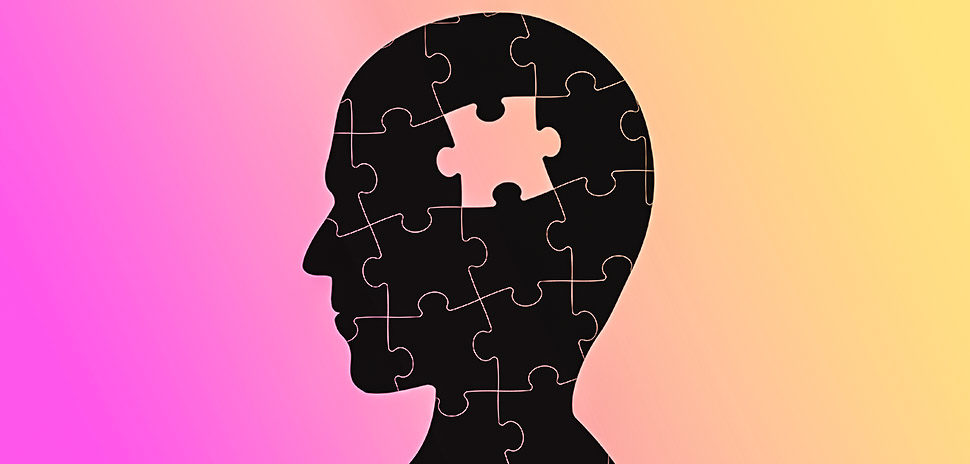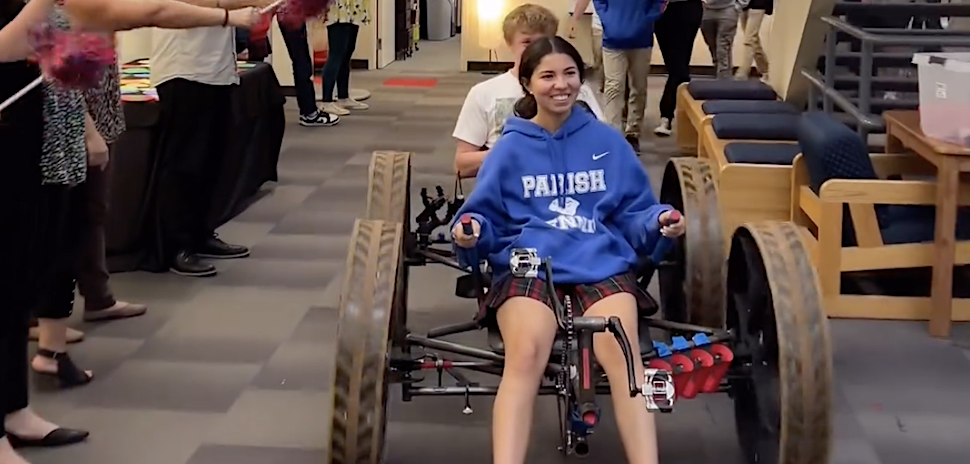STUDY: SLEEPING SICKNESS AFFECTS CIRCADIAN RHYTHM
![]() Sleeping sickness, a parasitic disease that threatens tens of millions of people in sub-Saharan African countries each year is more than the name might infer.
Sleeping sickness, a parasitic disease that threatens tens of millions of people in sub-Saharan African countries each year is more than the name might infer.
Researchers at the Peter J. O’Donnell Jr. Brain Institute at UT Southwestern have released a study of the lethal disease that shows it actually is a circadian rhythm disorder that is caused by the acceleration of biological clocks that control a variety of functions beyond merely sleep.
Sleeping sickness is spread through the bite of tsetse flies and symptoms included inverted sleeping cycles, fever, muscle weakness, and itching. Eventually the parasite invades the central nervous system and can prove fatal.
“Sleeping sickness is really a misnomer.”
Dr. Joseph S. Takahashi
“Sleeping sickness is really a misnomer,” Dr. Joseph S. Takahashi, chairman of neuroscience at the institute said. “Our work shows that the underlying mechanism of altered sleep in this disease is caused by a circadian disorder.”
Takahashi also is an investigator with the Howard Hughes Medical Institute.

Dr. Joseph Takahashi
A person’s circadian rhythm is a 24-hour internal clock that runs in the background of their brain. It cycles between sleepiness and alertness at regular intervals.
Scientists believe that by understanding which of these clock genes is affected by the disease — whose name actually is African trypanosomiasis — they can develop new alternatives to the toxic therapies now used to treat sleeping sickness.
THE EFFECTS OF BLASTS & REPEATED BLOWS ON COGNITION
How do mechanical forces such as blasts or repeated blows to the head affect cognitive function? After all, they could damage neurons whose efficient communication with the brain are central to good cognition.
A researcher at the University of Texas at Arlington has been awarded a three-year, $613,079 grant from he Office of Naval Research to investigate the possible link between blast-like trauma and neurological disorders including Alzheimer’s disease, post-traumatic stress disorder, and Chronic Traumatic Encephalopathy, or CTE.
The researcher, Ashfaq Adnan, is an associate professor in UTA’s Mechanical and Aerospace Engineering Department.

Ashfaq Adnan
UTA said said the trauma could be the result of a wartime explosion, such as from an improvised explosive device, or caused by repeated blows to the head in sporting events such as football or boxing.
“It all boils down to how neurons function in the brain. Any disruption in neuronal communication means that something is not going right,” Adnan said.
Find our more about Adnan’s research here.
UTSW TEAM’S MRI PROTOCOLS AID IN KIDNEY TUMOR DIAGNOSIS
Is that small kidney tumor benign or malignant?
Investigators with the Kidney Cancer Program at UT Southwestern Harold C. Simmons Comprehensive Cancer Center have developed a magnetic resonance imaging technology that can help with doctors find the answer without the need for a biopsy that would require an invasive procedure.
The kidney tumors are generally pretty small and are found when a CAT scan is performed for another reason, UT Southwestern said.

Drs. Ivan Pedrosa and Jeffrey Cadeddu
Malignant tumors must be removed because they can be life threatening, while benign tumors can be left alone.
The team was led by Drs. Ivan Pedrosa and Jeffrey Cadeddu, who co-authored the study that was highlighted on the cover of The Journal of Urology.
Their research developed MRI protocols that tell doctors if the tumor is aggressive or not with a high degree of confidence.
Find out more about the team’s research here.
![]()
Get on the list.
Sign up to keep your eye on what’s new and next in Dallas-Fort Worth, every day.
And, you’ll be the first to get the digital edition of our new Dallas Innovates magazine:
The annual edition publishes in January

































































